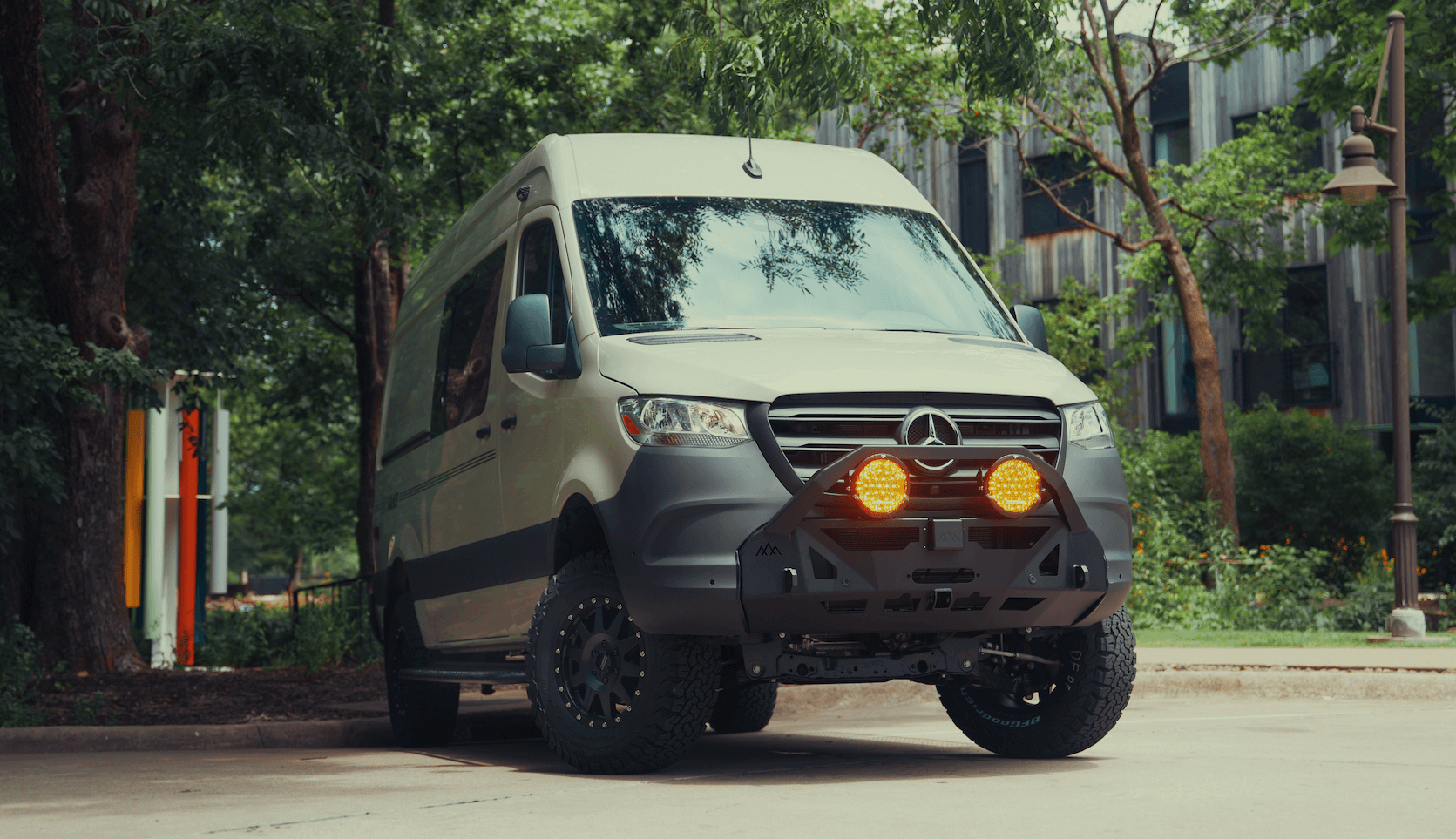Recreational Vans

A rear door quick release is a mechanism that allows occupants to open cargo doors rapidly with minimal effort. The goal is fast access for loading, unloading, or emergency egress without compromising security or weather sealing. In vans and enclosed trailers, these systems range from simple cable pulls connected to the factory latch, to paddle latches, to powered actuators tied into central locking. The right choice depends on door architecture, the interior layout, and how often the doors must open from the inside.
Quick release hardware must manage door mass, hinge geometry, and striker alignment. Hinged cargo doors see high loads, especially on tall vans in crosswinds and on uneven ground. That means components need adequate strength, corrosion resistance, and stable operation across temperature changes. Quality systems balance convenient operation with reliable retention so doors stay shut when the vehicle is in motion.
The most common van platforms each present different latch and hinge geometries:
Bracketry, cable ends, and handle placement should be matched to the specific platform and door trim to avoid interference with insulation, cabinetry, or rear storage systems.
Rear door quick release systems touch three priorities that must stay in balance. Safety requires that occupants can exit quickly in an emergency and that the doors remain latched while driving. In many regions, door lock and retention components are governed by standards such as FMVSS 206 in the United States. While the exact regulatory path varies by use case, any modification should maintain or improve door retention strength and consistent engagement with the striker.
Security matters for rigs that carry bikes, tools, or moto gear. A convenient interior release should not make exterior forced entry easier. Shielded cable paths, tamper resistant hardware, and latch covers help. If using powered actuators, include logic that only allows actuation when the vehicle is unlocked. Door ajar sensors should remain accurate, and alarms should still see the rear doors.
Weather and noise are easy to overlook. A quick release that binds the seal or pulls the door out of alignment will add wind noise and water intrusion. Look for components that allow fine adjustment, maintain full gasket compression, and isolate cable jackets to prevent buzzing or chafing.
High level best practices include:
Like any moving assembly, quick release parts benefit from periodic inspection. Cables stretch slightly over time and may need tension adjustment at the handle or latch end. Lube pivot points with a dry film product to avoid dust buildup. Confirm torque on brackets after the first thousand miles and then seasonally, as vans see heavy vibration on dirt roads. If a pull feels gritty or inconsistent, check for kinks near hinge areas and verify that cabinetry or cargo straps are not pressing against the cable path.
Failure modes often show up as door rattles, intermittent latching, or a door that requires extra force to open. These symptoms usually trace back to misaligned strikers, a pinched cable jacket, or hardware loosening. Address root causes rather than masking the noise with extra seal foam. A well designed system should open smoothly with two fingers and close with the same firmness as stock.
A quick release must coexist with furniture, bike mounts, and galley modules. Plan pull handle placement where it is intuitive to reach from bed or cargo area yet protected from accidental bumps. If the build uses central locking, integrate powered releases cleanly with the body control module and preserve the door ajar logic. Aim for a release path that disappears behind panels, keeps the cabin quiet, and does not steal valuable storage space.
When a rear door quick release is part of a new build, design choices start with use case. An adventure rig that sleeps two and carries bikes needs a different solution than a moto hauler or a commercial upfit. We prioritize safe emergency egress, quiet operation, and weather tight doors, then match hardware to your platform and interior plan. Our team evaluates pull ratios, bracket materials, and NVH targets so the system feels factory clean and stays that way after thousands of miles.
If you are mapping your next adventure van or upgrading an existing rig, we can integrate a rear door quick release within a complete layout, from insulation and cabinetry to power and lighting. Explore our recreational vans, see how a custom build van comes together, or review our mainstream vans options if you want a finance friendly platform.
Strong latch engagement, clean interior pulls, and tidy wiring are the difference between a quick release that inspires confidence and one that rattles on the first gravel road. Tell us how you travel, what you carry, and how you sleep. We will translate that into a release system that opens fast, seals tight, and feels right every time you reach for it. Submit the form and let’s build the door system your adventures deserve.
Ready to spec a rear door quick release into your build? Tell us how you use your van and we will design a safe, quiet, and secure solution that fits your platform and lifestyle. Submit the form to start your custom upfit with OZK Customs.
ADDRESS:
6159 E Huntsville Rd, Fayetteville, AR 72701
PHONE:
(479) 326-9200
EMAIL:
info@ozkvans.com